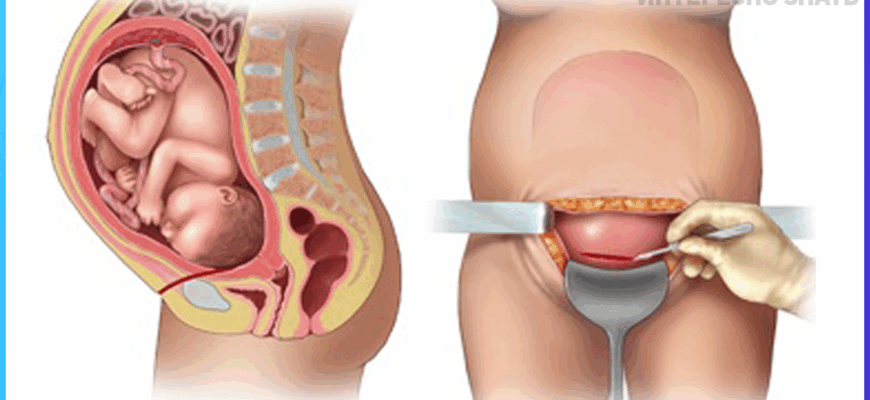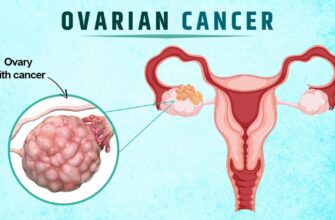New research emanating from the Karolinska Institute in Sweden has shed light on a potentially unexpected factor associated with childhood leukemia risk: the mode of birth, specifically, planned cesarean sections. Analyzing an extensive dataset spanning over three decades and involving nearly 2.5 million children born in Sweden between 1982 and 2015, scientists observed a subtle but statistically significant correlation.
The study, published in the International Journal of Cancer, indicated that children born via planned C-section exhibited a 21 percent higher relative risk of developing Acute Lymphoblastic Leukemia (ALL), the most common type of childhood cancer, compared to those born vaginally. This association was even more pronounced for the most frequent subtype, B-cell ALL, showing a 29 percent higher relative risk. Curiously, the same increased risk was not observed in children delivered via emergency cesarean section.
While these percentage increases might seem striking, it is crucial to ground them in reality. The researchers emphasize that the absolute risk remains exceedingly low. For context within the study population, the findings translate to approximately one additional case of leukemia per year. This is a classic example where relative risk figures, while scientifically notable, must be interpreted alongside the underlying low absolute probability.
So, why might planned C-sections differ from both vaginal and emergency births in this context? The researchers hypothesize that the distinction lies in the intricate process of early immune system conditioning. During vaginal birth, and often even in the case of urgent C-sections following some labor, infants are exposed to maternal bacteria from the birth canal and experience the physiological stress of labor. This initial microbial exposure and stress are thought to play a vital role in priming the developing immune system.
In contrast, planned cesarean sections typically occur before labor begins, minimizing or eliminating these critical exposures and stressors. The theory suggests that this difference in early environmental interaction could subtly influence immune development, potentially leaving children marginally more susceptible to certain conditions, including, as this study suggests, ALL.
This research adds another layer to the growing body of evidence linking mode of birth, particularly planned cesarean sections, to long-term health outcomes related to the immune system. Previous studies have suggested associations with increased risks of conditions like asthma, type 1 diabetes, and allergies. While the absolute risks for any single condition remain low, the cumulative evidence raises questions about the potential long-term immune-mediated effects of bypassing the natural birth process. This finding could serve as an additional factor to consider when evaluating the benefits and risks of planned cesarean deliveries performed for non-medical reasons.








